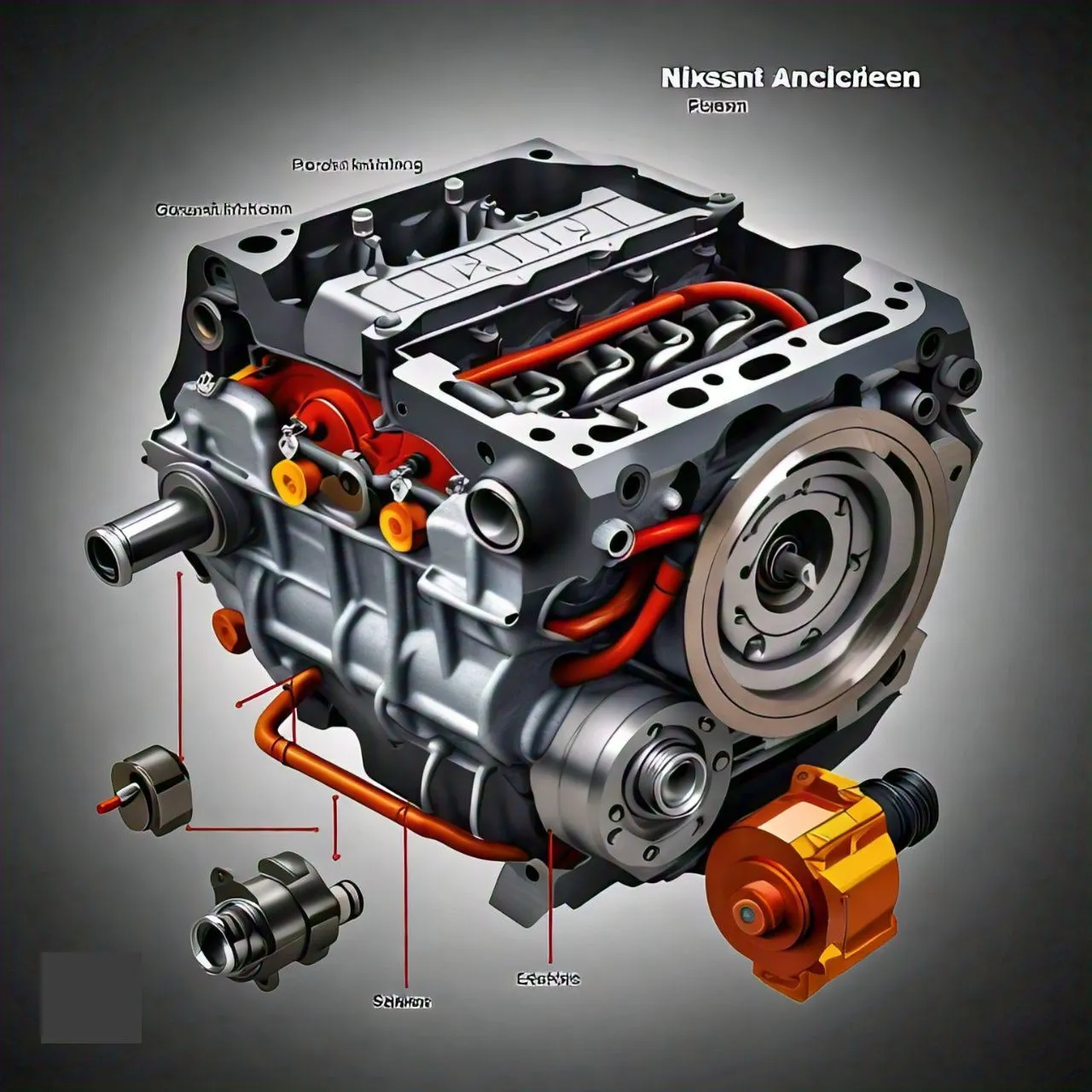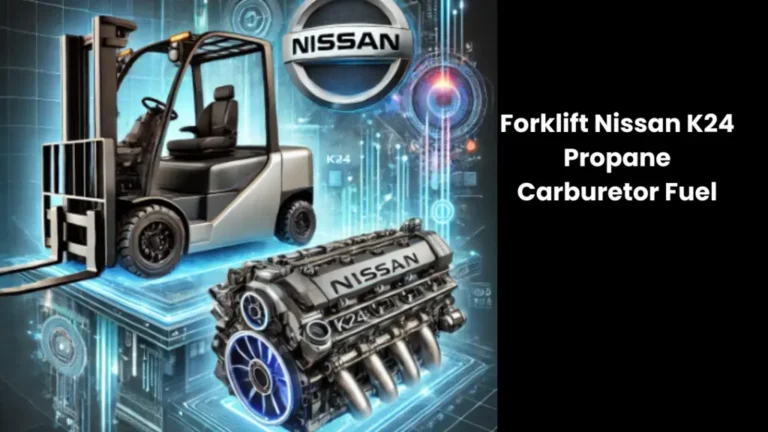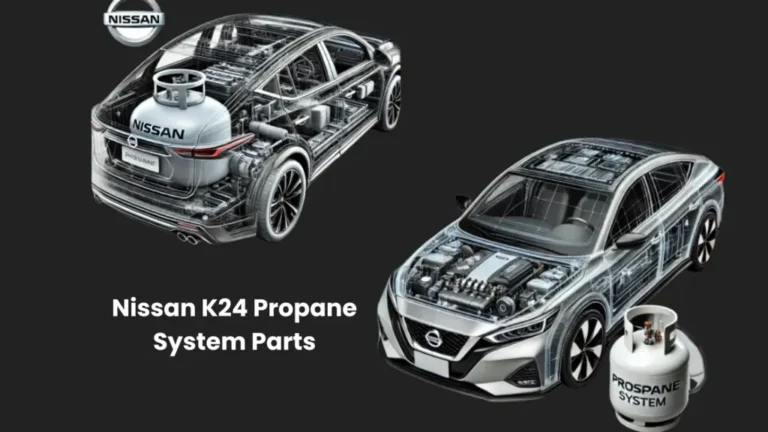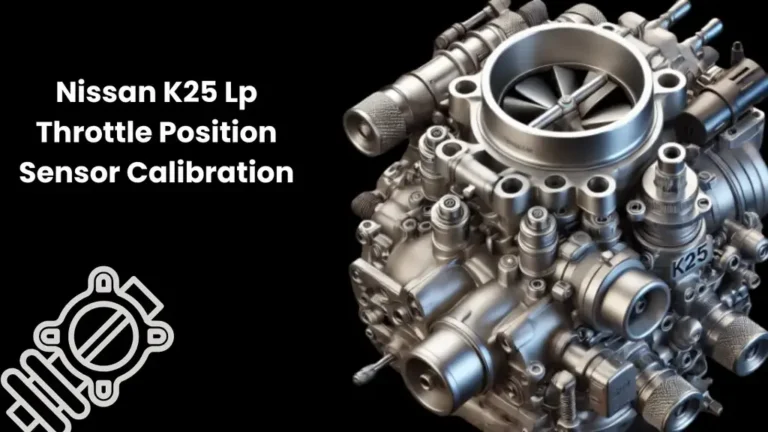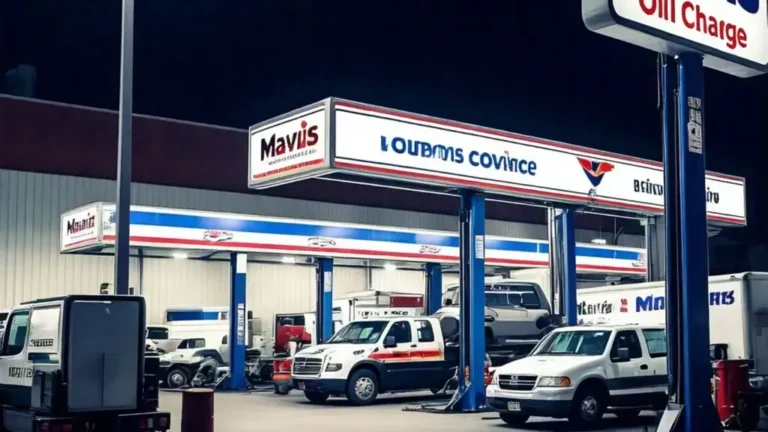Latest Nissan K24 Propane Parts Diagram Guide – 2024
Understanding the parts diagram of the Nissan K24 engine, particularly in its propane configuration, is crucial for mechanics, DIY enthusiasts, and anyone interested in engine conversions. This guide provides detailed insights into the key components, their functions, and the overall operation of the K24 engine when running on propane.
Nissan K24 Propane Parts Diagram Initials
Below is the detailed parts diagram for the Nissan K24 propane system. This diagram illustrates the core components that make the propane conversion possible, ensuring the engine runs efficiently and safely.
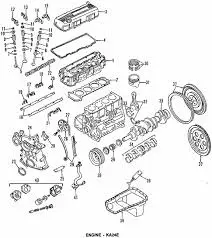
Breaking Down the Key Components of the Nissan K24 Propane System Using Diagram
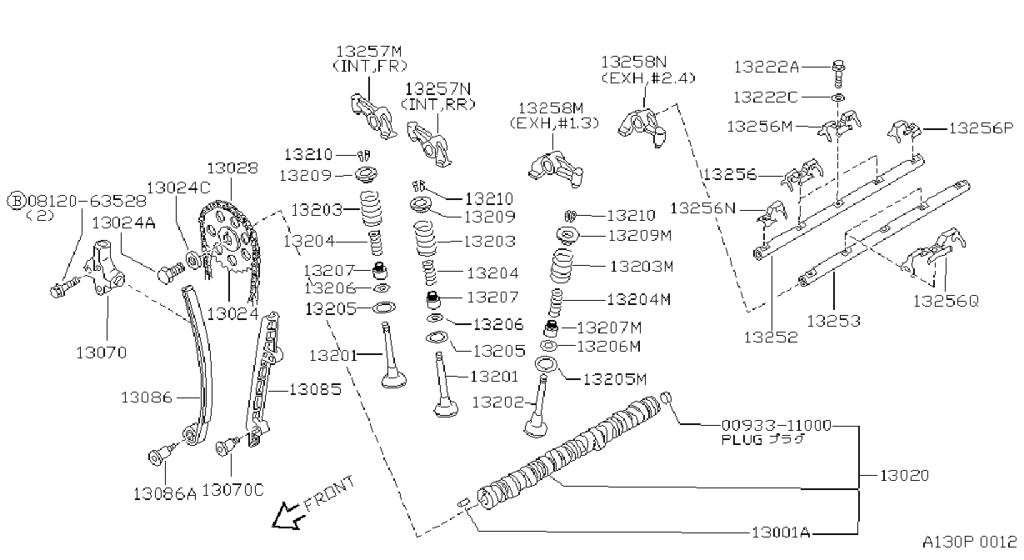
The K24 engine, part of Nissan’s KA series, is a 2.4-liter inline-four engine known for its durability and adaptability. Originally designed for gasoline, this engine can be configured to run on propane, a cleaner and more efficient alternative. Let’s explore the key components involved in this conversion:
1. Propane Fuel Tank
- Function: Stores propane in a liquid state under high pressure.
- Importance: Ensures a steady supply of fuel, with a safety valve to prevent overpressure.
- Location: Typically mounted securely within the vehicle, easily accessible for refueling.
2. Vaporizer/Regulator
- Function: Converts liquid propane to gas and regulates its flow to the engine.
- Importance: Essential for preparing propane for combustion, ensuring the engine receives the correct fuel pressure.
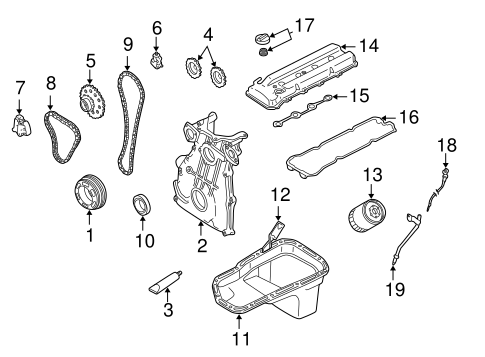
3. Fuel Lock-Off Valve
- Function: Prevents propane from flowing into the engine when it’s not running.
- Importance: Enhances safety by controlling fuel supply, activated by vacuum or electronic signals.
4. Mixer (Carburetor)
- Function: Blends propane gas with air to create a combustible mixture.
- Importance: Ensures the correct air-to-fuel ratio, optimizing engine performance and efficiency.
5. Fuel Lines and Hoses
- Function: Transport propane from the tank to the engine.
- Importance: Made from high-pressure resistant materials, these lines are crucial for safe fuel delivery.
6. Ignition System
- Function: Ignites the propane-air mixture to start and run the engine.
- Importance: Includes spark plugs, ignition coils, and other components that must be in top condition for efficient combustion.
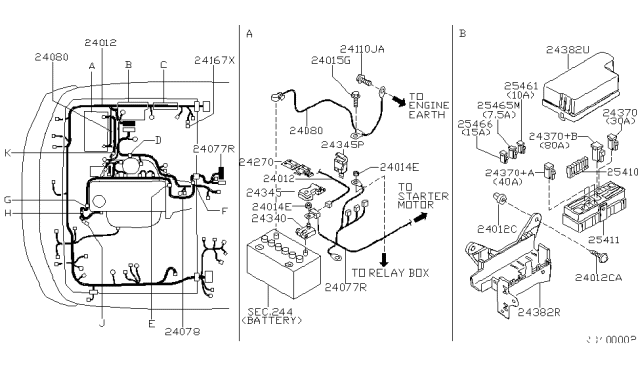
How to Diagnose Common Issues in the Nissan K24 Propane System With It’s Diagram?
Even with the benefits of propane, challenges can arise. Here’s how to troubleshoot common problems:
Starting Problems
- Symptoms: Hard starting, especially in cold weather.
- Diagnosis: Check the vaporizer; cold weather may prevent propane from vaporizing properly.
- Solution: Use a block heater or warm the engine area to assist in vaporization.
Fuel Starvation
- Symptoms: Engine stalls or runs lean.
- Diagnosis: Inspect fuel lines and the lock-off valve for leaks or blockages.
- Solution: Replace damaged lines and ensure proper valve operation.
Misfires
- Symptoms: Rough running engine, particularly under load.
- Diagnosis: Check the ignition system, focusing on spark plugs and coils.
- Solution: Replace worn ignition components, which may degrade faster due to propane’s hotter combustion.
Legal and Regulatory Considerations for Propane Conversions
When converting a gasoline engine like the Nissan K24 to propane, it’s essential to comply with legal requirements:
- EPA Certification: Use an EPA-certified conversion kit to ensure compliance with emissions standards.
- State Inspections: Some states require inspections post-conversion. Check with your local DMV.
- Documentation: Keep records of the conversion process, including parts and services, for legal and resale purposes.
Environmental Impact and Benefits of Propane for the Nissan K24
Running your Nissan K24 on propane offers significant environmental advantages:
- Lower Emissions: Propane produces fewer greenhouse gases and particulates compared to gasoline.
- Cleaner Combustion: Results in reduced engine wear and longer maintenance intervals.
- Sustainability: Propane is a cleaner-burning fossil fuel, contributing to a lower carbon footprint.
Conclusion: Nissan K24 Propane Parts Diagram
The Nissan K24 engine, when converted to run on propane, offers a reliable and efficient alternative to gasoline. This guide has covered everything from the essential components to potential issues, regulatory considerations, and future advancements.
By understanding the Nissan K24 Propane Parts Diagram, users can optimize their K24 engine’s performance and longevity while benefiting from propane’s cost-effective and environmentally friendly attributes. Whether you’re converting a fleet or a single vehicle, this knowledge ensures a smooth transition to propane power.
FAQs
Can I convert a gasoline K24 engine to propane?
Yes, the K24 engine can be converted to run on propane with the appropriate conversion kit, which includes a vaporizer, mixer, and fuel lines designed for propane use.
Is propane safe for my Nissan K24 engine?
Propane is safe for the K24 engine as long as the conversion is done correctly and the fuel system is properly maintained. It’s important to use components specifically designed for propane.
What are the benefits of running a K24 on propane?
Running on propane reduces emissions, can lower fuel costs, and often results in lower engine wear, leading to a longer engine lifespan.
How often should I service the propane system?
Regular inspections should be done every 3,000 miles or as recommended by the propane system manufacturer. This includes checking for leaks, ensuring the vaporizer is functioning properly, and inspecting the ignition system. Nissan K24 Propane Parts Diagram will help you do it.
What should I do if my propane engine won’t start?
Check the fuel lock-off valve, vaporizer, and ignition system. Cold weather starting issues are common with propane engines, so ensure that these components are functioning correctly.
